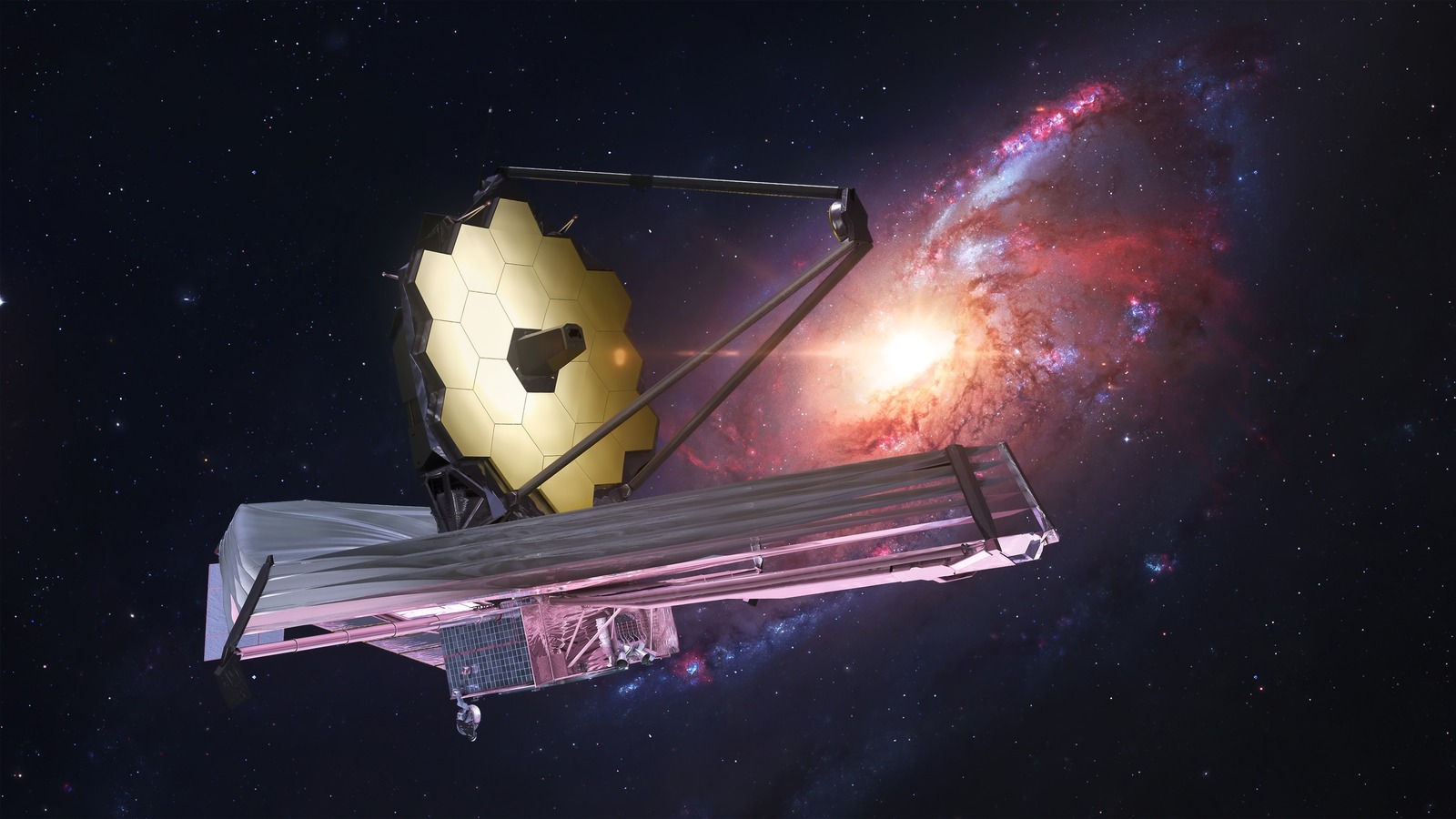The James Webb Space Telescope is armed with four instruments, three of them work in almost infrared and the last, Miri or infrared instruments, working in the middle of the infrared. That means that getting miri for operation has some special challenges, because the instrument has a special sensor that must be at very cold temperatures to work properly. Now, after months of cooling, Miri has reached the operating temperature and will be immediately ready for science operations (via JPL).
Miri uses a silicone detector to see in the infrared middle range, which will allow it to take a shift in a remote galaxy shift and also take pictures of amazing wide space (via Webb). But this detector needs to be maintained at a very cold temperature under 7 Kelvin to work, so this instrument is equipped with a hot-moving cryocooler system from the instrument to keep operating effectively.
Since the launch of the telescope in December 2021, it has been cooled in the cold of the room, protected by a large Sunshield Webb. It took a telescope to around 90 Kelvins, but to get miri cooler, the operator needs to involve the cryocooler system.
A dramatic pinch point
During the cooling process, the Miri team must face one of the scariest challenges – past the “pinch point.” This is where the instrument is taken from 15 Kelvin to 6.4 Kelvins – which is a difficult stage for the cooler. That’s because this is the temperature when the cooler has the hardest time to remove the heat of the system, so there must be a careful choreography development to adjust the value and compressor based on the flow rate and cooling temperature (through NASA’s blog).
To ensure they are ready for this challenge, the team practices operations in advance, on this earth. “We spent years practicing for the moment, running through the commands and checks that we did in Miri,” said Miri project scientist, Mike Ressler from JPL. “It’s like a movie script: everything we should do is written and trained. When test data is rolling, I am very happy to see it look exactly as expected and that we have a healthy instrument.”
Thanks to this preparation, Miri reached a temperature of 6.4 Kelvin and the researchers could conduct an examination to show that it worked as expected. With cold and ready instruments, the team is expected to calibrate by taking a picture of a star test, in front of the science operation later this summer.

